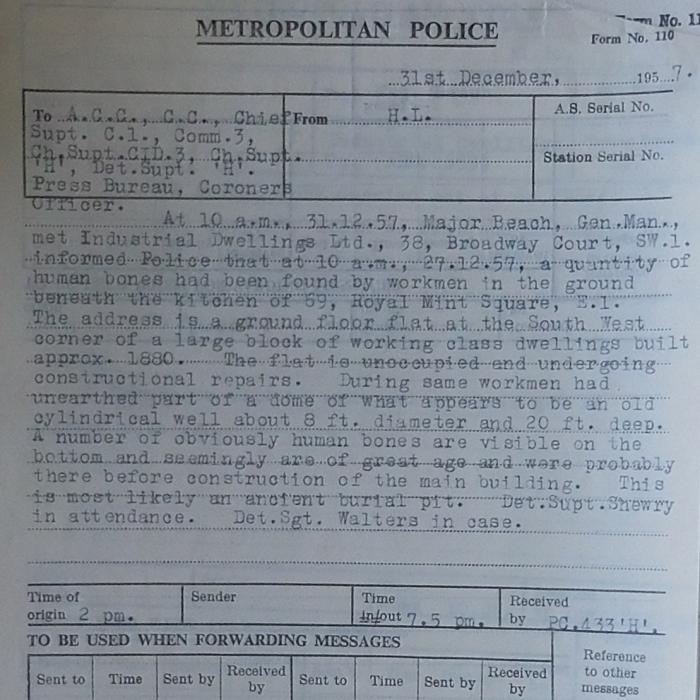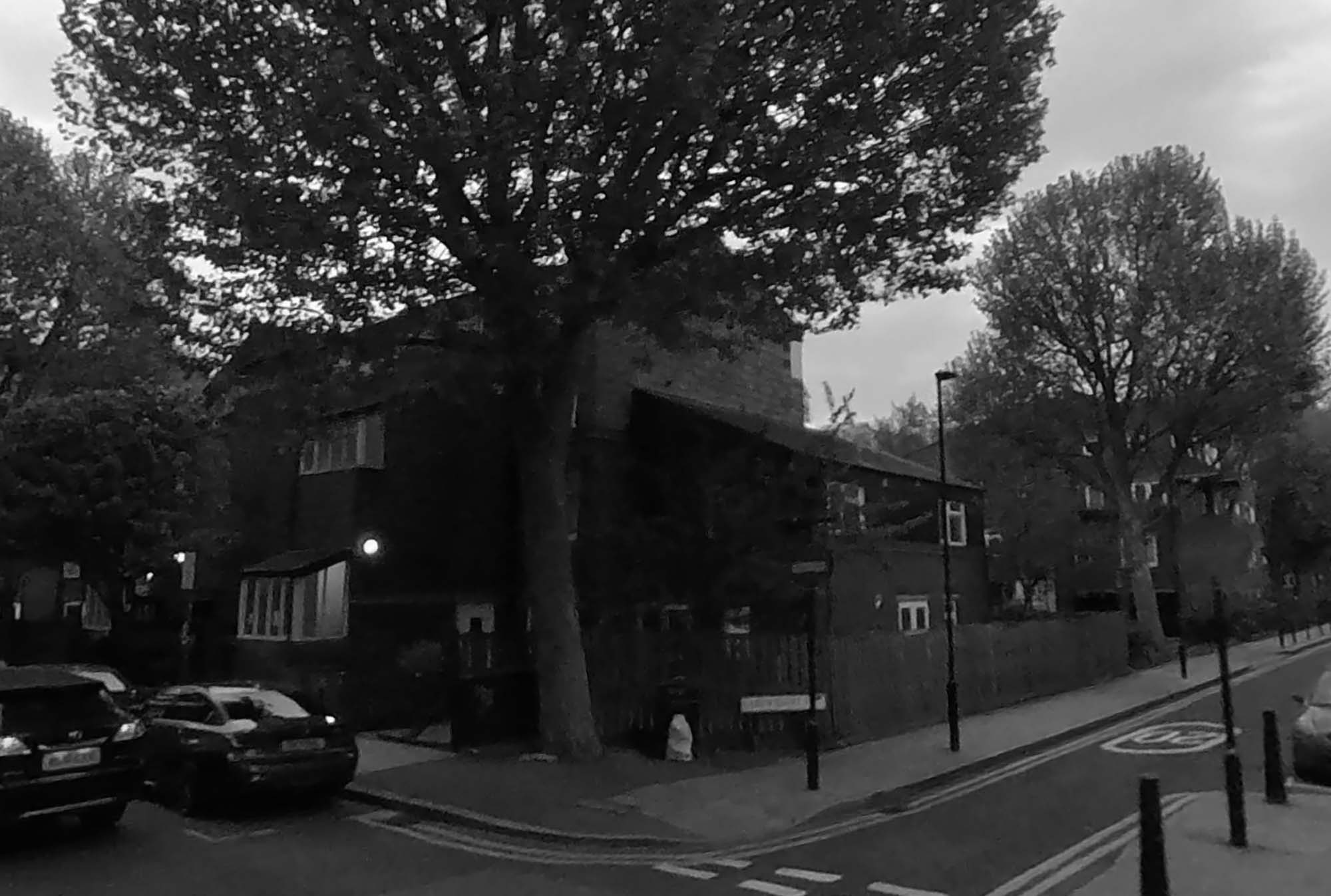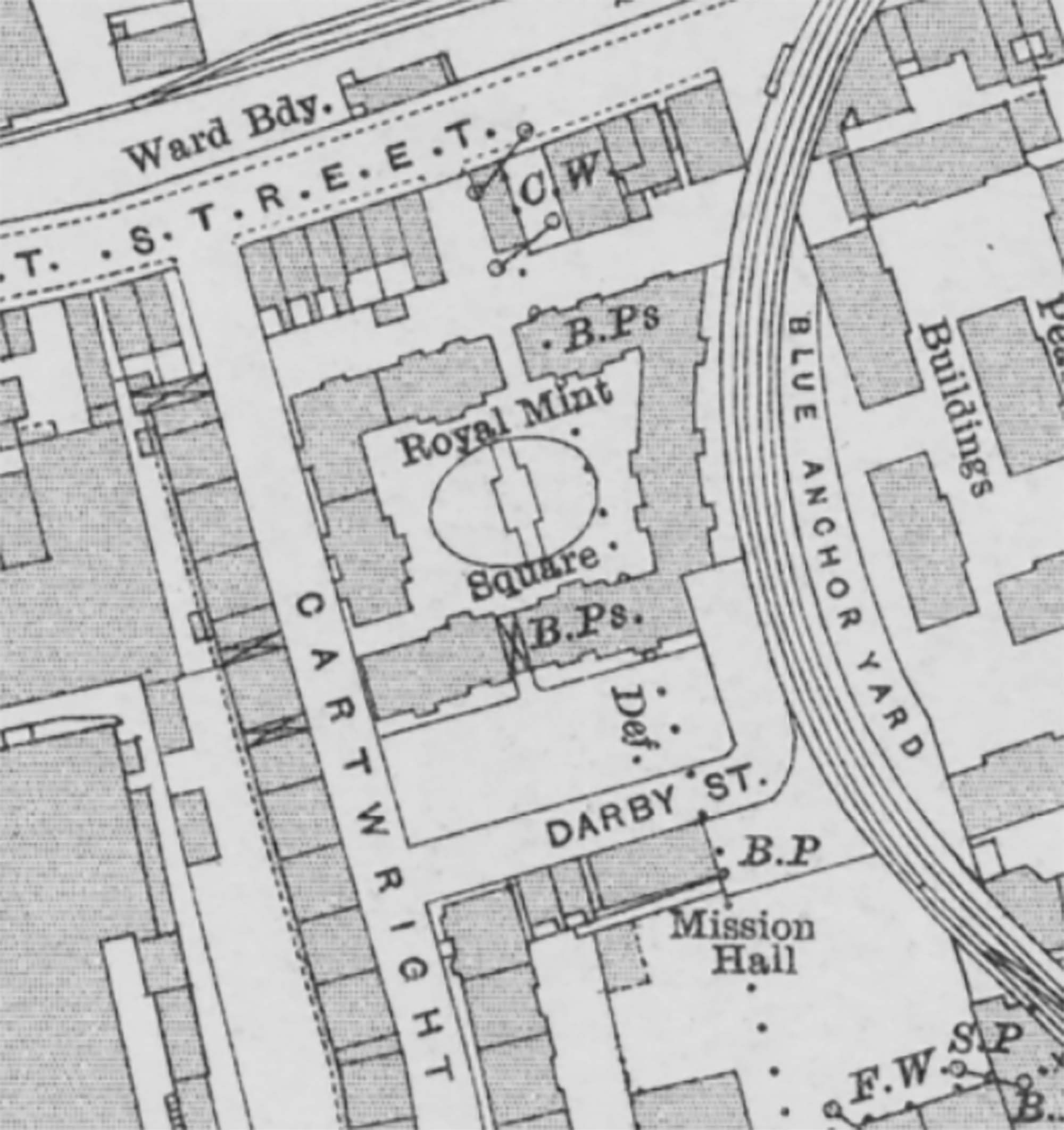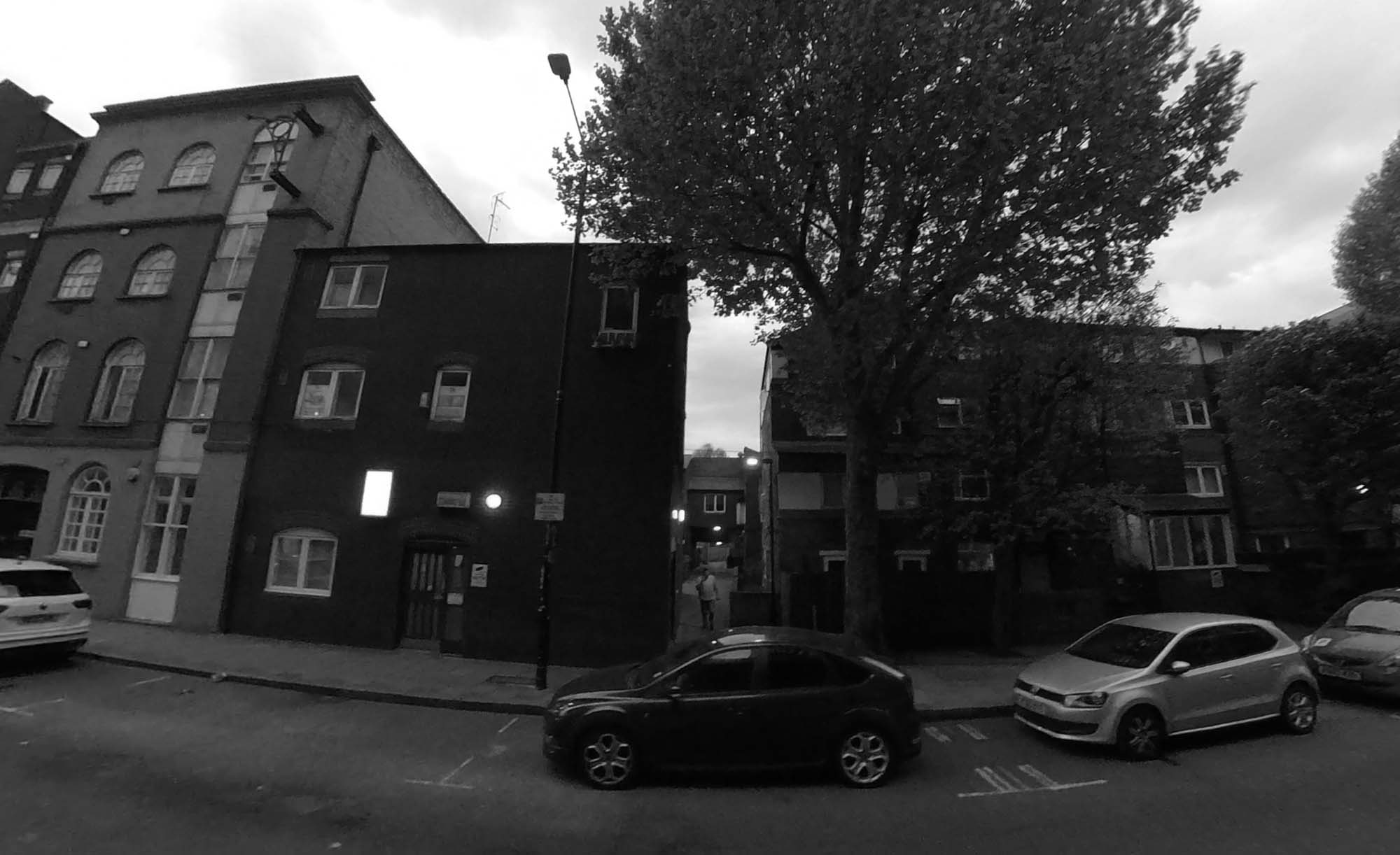

Age: unknown
Sex: male
Date: 27 Dec 1957
Place: 69 Royal Mint Square, Whitechapel, London
Human bones were discovered during the reconstruction of a house at 69 Royal Mint Square, E1, London in a hidden pit or well below the floorboards of a ground floor flat.
A total of fifteen skulls were found and it was thought that they had been in the pit since the erection of Royal Mint Square in the 1880s and that thy were at least 100 years old and probably older.
Royal Mint Square was a large block of working class flats in Stepney owned by The Metropolitan Industrial Dwellings Company Limited based at 38/42 Broadway Court, Broadway, Westminster. Royal Mint Square was constructed in the late 1880s and was in the form of four sides of a large square with a centre quadrangle. However, it was noted that enemy action in the recent war had demolished a part of the building and of the original 240 flats only 180 remained. Most of the remaining rooms were just single rooms and described by standards of the time of a poor type, however, it was noted that rents charged were comparably low.

However, it was noted that the owners nevertheless clearly made some effort to keep the premises in good repair.
On Friday, 27 December builders employed by the owners were in the process of removing a wooden floor of the single room flat, No. 69 Royal Mint Square which was a ground floor flat situated in the extreme south/west corner of the square. The original intention was to lay a concrete floor in the place of the former wooden one and therefore deeper excavation than that normally made was carried out. In addition, a low brick wall across the centre of the room designed to carry the wooden supporting joists was also removed.
Whilst so doing the workmen discovered the top of a brick dome protruding a matter of a few inches above the earth floor. The brick wall to support the joists was built directly across the centre of the dome and the bricks of the wall mortared to the brick dome. The building staff were then instructed by the owner's 'Clerk of the Works' to remove what appeared to be a pointless collection of bricks and started to dig away the brickwork.
In doing so they removed sufficient bricks to discover the brickwork was in fact the roof of a deep well. They then made some preliminary investigation and saw that the floor of the well was strewn with bones.
The clerk of the works was unable to contact a senior member of the company for advice on the matter that afternoon and the police were therefore not informed that day. However, on Monday 31 December 1957 the clerk of the works informed the General Manager of the company of the discovery who in turn informed the police.
When the police visited the scene and examined the pit or well they found that it was cylindrical, approximately 20 feet deep, about 8 feet in diameter and completely brick lined. At the extreme top, the brickwork was built over in the form of a dome, the top of which protruded through the earth floor of the flat.

The brickwork of the lower ten feet of the well was 'dry walled' but the bricks of the top half were set in old type lime mortar.
It was found that that floor of the well was a mass of bones which were fairly obviously human remains.
After the initial police examination a detective superintendent and the Coroner were called in.
It was stated that at that stage it as deemed unwise to allow any person to enter the pit and following consultation with the coroner, it was arranged that a lecturer in anatomy at the London Hospital Medical College should assist in the matter.
It was further realised that difficulty in reaching the floor of the well would be encountered and the assistance of members of the Thames Division, Wapping Police Station, together with the special equipment at their disposal, was sought.
At 4pm a doctor and several policemen then visited the premises and the brick dome was removed by the building staff of the owners and by 'bosuns chair' the doctor and the police were lowered to the floor of the well. The well and its contents were thoroughly examined and the bones removed for fuller and scientific examination.
It was noted that a brick was removed from the wall near the floor to assist in ascertaining the date of the construction of the well.
It was further noted that beyond the skeletal remains no item of interest was found.
After that the Coroner was informed of the developments on the morning of 1 January 1958 and he directed that the owners of the property be informed that they could carry on with their building operations. The Coroner also agreed to the proposal that the well could be filled in and a concrete floor be laid and the owner of the company was so informed by telephone that day, 1 January 1958.

A statement and report was then obtained from the doctor who stated that he thought that the remains were of at least fifteen individuals, possibly twenty bodies in total, and that in his opinion at least one hundred years old, but probably far more. A prominent archaeologist with the Royal Commission on Historical Monuments said that he thought that the brick was made between the years 1650 and 1800, and probably between 1725 and 1750, noting that it was a 'fired' yellow clay brick of the earliest type.
The police report noted that every effort was made to obtain information regarding the well or pit.
It was noted that the building in its condition at the time, 1957 was built in the late 1880s and was very probably built on the site of a former building. However, it was noted that the Ratings authorities for Stepney Borough Council only had records dating back to 1902 and were unable to supply any really useful information.
It was noted that other local public services were also unable to assist.
It was noted that the pit as such was not commonplace and that no traces of others could be found locally.
It was additionally noted that it would be certainly most ungual for it to be used in such a fashion for mass burial.
The police report noted that the possibility of the pit being pressed into service during the Great Plague of 1665/6 had not been ruled out, but was regarded as unlikely.

It was noted that it was obvious from the forgoing findings that the remains were of persons whose demise occurred at least one hundred years earlier and that as such the Coroner decided that no inquest would be held. It was additionally noted that it was also quite apparent that the discovery of the remains was no longer of interest or significance to the Police in the normal course of their duty and stated that the disposal of the bones would be arranged between the doctor and the coroner.
see discovery.nationalarchives.gov.uk
see National Archives - MEPO 2/9823